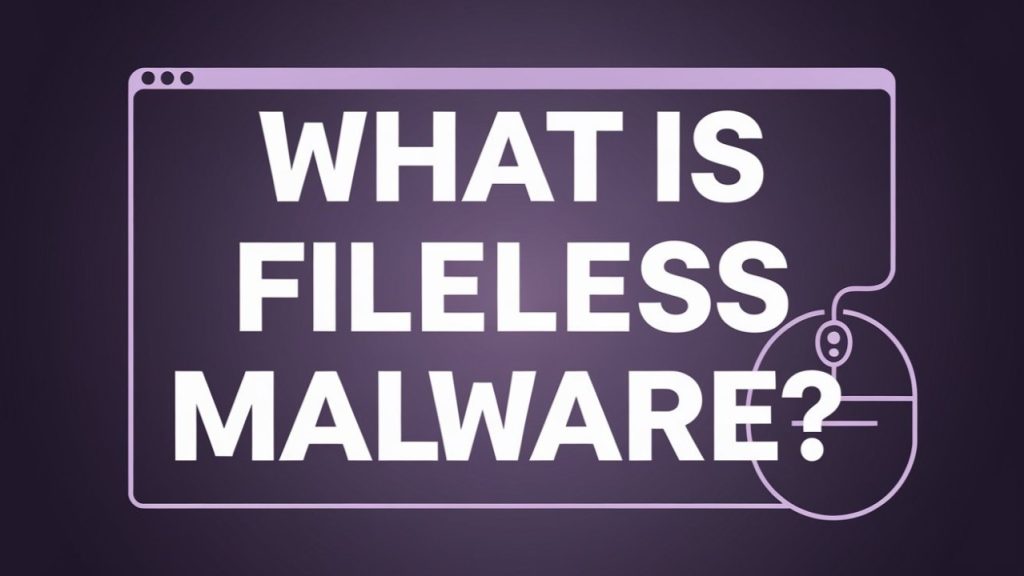Fileless Malware: Understanding and Defending Against Stealthy Cyber Threats
Fileless Malware: Understanding and Defending Against Stealthy Cyber Threats
- Articles
- November 21, 2024

Fileless malware represents a cutting-edge cyber threat that operates without traditional files, making it exceptionally challenging to detect using conventional antivirus software. Instead of utilizing executable files, it resides in a system’s memory and leverages legitimate tools to execute malicious activities.
What is Fileless Malware and How Does It Work?
Unlike traditional malware, fileless malware leaves no trace on a computer’s disk, making detection more difficult. Here’s how it operates:
Memory-Based Execution
Fileless malware runs directly within the system’s memory, avoiding storage on the hard drive.Exploitation of Legitimate Tools
Attackers use trusted tools like PowerShell and Windows Management Instrumentation (WMI) to execute malicious commands, blending in with normal processes.Sophisticated Evasion Techniques
By embedding itself within trusted processes, fileless malware camouflages its presence, bypassing conventional detection methods.
Common Techniques Used by Fileless Malware
Cybercriminals employ advanced strategies to deploy and sustain fileless malware. These include:
- Living-off-the-land Binaries (LOLBins): Exploiting built-in system utilities for malicious purposes.
- Registry Manipulation: Storing harmful code in the Windows Registry to execute during system startup.
- Phishing and Vulnerability Exploitation: Gaining initial access through deceptive emails or by exploiting software weaknesses.
Why Fileless Malware is So Dangerous
The stealthy nature of fileless malware makes it a formidable threat:
Difficult to Detect
Traditional antivirus solutions, designed for file-based threats, often fail to identify memory-resident malware.Minimal Digital Footprint
With no files to scan, it becomes harder for detection tools to identify malicious activity.Persistent Threats
Fileless malware can survive reboots and remain active, complicating remediation efforts.
How to Defend Against Fileless Malware
Protecting against fileless malware requires a proactive, behavior-focused security strategy. Consider these best practices:
Implement Behavior-Based Detection
Monitor unusual activity patterns rather than relying solely on file scans.Monitor Legitimate Tools
Keep a close watch on PowerShell, WMI, and similar utilities for abnormal usage.Use Advanced Security Solutions
Deploy tools like Telesoft’s network security solutions, which offer deep application-layer visibility to identify and mitigate sophisticated threats.
Conclusion
Fileless malware is a highly sophisticated threat that evades traditional defenses. By focusing on behavioral analysis and monitoring legitimate tools, organizations can strengthen their cybersecurity posture. Solutions like Telesoft’s advanced detection systems enable rapid identification and response to these evolving threats.
Protect your business from advanced cyber threats today by adopting innovative, proactive security measures.